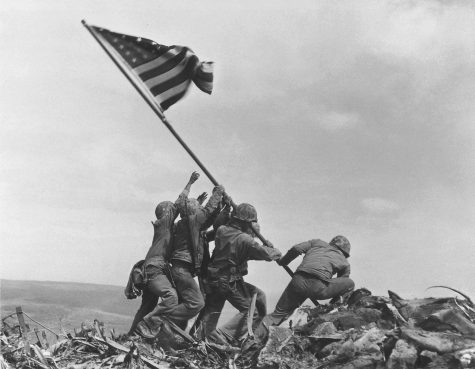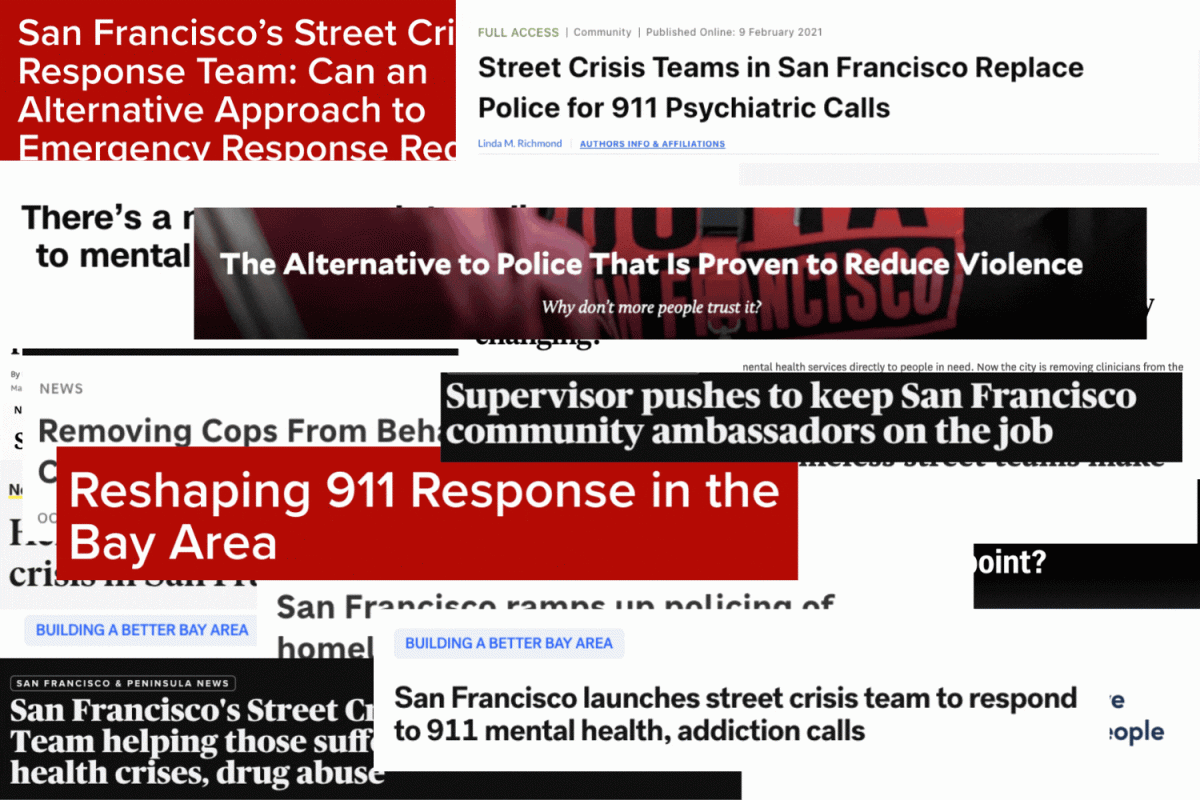It was late May of 1776 when three secret committee members from the Continental Congress called upon Betsy Ross for a favor. Those members were George Washington, Robert Morris, and George Ross — and they wanted her to sew them a flag.
The 13 colonies were in the midst of becoming independent from Great Britain. They needed a symbol to promote unity and pride for the budding country.
Betsy Ross was said to have finished the flag in June of 1776. The flag featured 13 stripes to represent the 13 original colonies. The stars represented the 50 states of the Union. The red, white, and blue color pallet held its own meaning: red symbolized great valor and bravery; white denoted purity and innocence; blue represented perseverance and justice.
A month after the flag’s completion, the Declaration of Independence was signed, and the United States of America was born.
Amid the celebration, the stars and stripes of the flag flew high, heralding the birth of a new nation.
Since then, the American flag has been known to represent the founding ideals that unified our nation. It has integrated itself into American culture. It can be found on bumper stickers, soda cans, t-shirts, and posters. You can find it strung onto flag poles, tacked to bedroom walls, and draped over the coffins of the deceased. It’s the inspiration for songs, artwork, poems, and books. The flag is even tattooed onto the bodies of those especially patriotic.
However, in recent years, many believe the meaning of the American flag has wholly changed. The stars and stripes that once stood for opportunity and independence have become tainted. An era of political unrest and conflicting opinions have changed a symbol of unity to one that leaves us more divided than ever.
Many conservatives, typically right-leaning individuals in favor of individual rights, the rule of law, and a small government, believe the American flag represents what it was always meant to: one free, unified nation, indivisible under God. In 2019, Republicans were twice as likely as Democrats to say that flying the flag was essential to being a good citizen, according to Pew Research Center.
Proudly displaying the flag means respecting our country and those who fought for it. The stars and stripes pay homage to the men and women that fought in previous wars, didn’t come home from war, and those currently risking their lives for our country.

Consider images such as Raising the Flag on Iwo Jima. The iconic photograph captures six United States soldiers raising the American flag on Mount Suribachi during the final stages of the Pacific War. The flag sends a powerful message of strength during wartime.
However, in 2020, images of President Donald Trump embracing the flag became iconic as well. The President kissed and caressed the stars and stripes, and said, “I love you, baby.”
As his presidency continued, many believed Trump redefined what the flag represented. He waved it high and called himself a patriot, all while making racist remarks, posting xenophobic tweets, declaring sexist comments, threatening the media, and dividing America. Many asked themselves, how can one display the American flag when it went hand in hand with the President’s reckless actions?
Louis Benedict*, a senior at Carlmont, has asked himself just that numerous times.
“I respect the American flag,” Benedict said.
His family immigrated to America from Mexico when he was in the third grade. And, like many other immigrants in America today, Benedict has felt the effects of racism first hand.
“People see my skin and hear my accent and sometimes don’t look any further,” Benedict said.
Benedict thinks back to the highly controversial speech Trump gave to launch his presidency.
“When Mexico sends its people, they’re not sending their best. They’re sending people that have lots of problems,” Trump said. “They’re bringing drugs. They’re bringing crime. They’re rapists. And some, I assume, are good people.”
He delivered the harsh rhetoric standing in front of a wall of American flags, leaving people to associate his words with the flag created at the time of the country’s independence.
“When I think of hate, I think of people like Donald Trump,” Benedict said. “He doesn’t like people like me, but he loves the flag, so seeing people proudly hang flags from their cars and walls can be conflicting. I can’t help but wonder sometimes, is there hate hiding behind that? Is there ignorance?”
For many, embracing the flag feels as if you’re embracing everything that is wrong with America. Hateful, prejudiced individuals also use the red, white, and blue that are supposed to represent strength and unity.
However, there is no textbook definition of the flag’s meaning. As politics shift and the world changes, the meaning of the flag changes with it.
Jono Sison, a senior, chooses to define the flag in the way the Founding Fathers intended.
“I believe the flag still stands for what it was meant to – unity and freedom. It represents the American ideals, and it should unify us,” Sison said.
The Stars and Stripes are up to interpretation – while the flag itself has never changed, the meaning does, as we are the ones who can define and interpret however we choose.
For this reason, many believe that although America is changing, the patriotic ideals that created the flag don’t have to.
“The era of Trump weaponized the flag,” Sison said. “I chose to define it as it was meant to be defined.”
*This name was changed by the author to ensure anonymity for the source that was interviewed due to fear of bullying, in accordance with Carlmont Media’s anonymous sourcing policy.






















